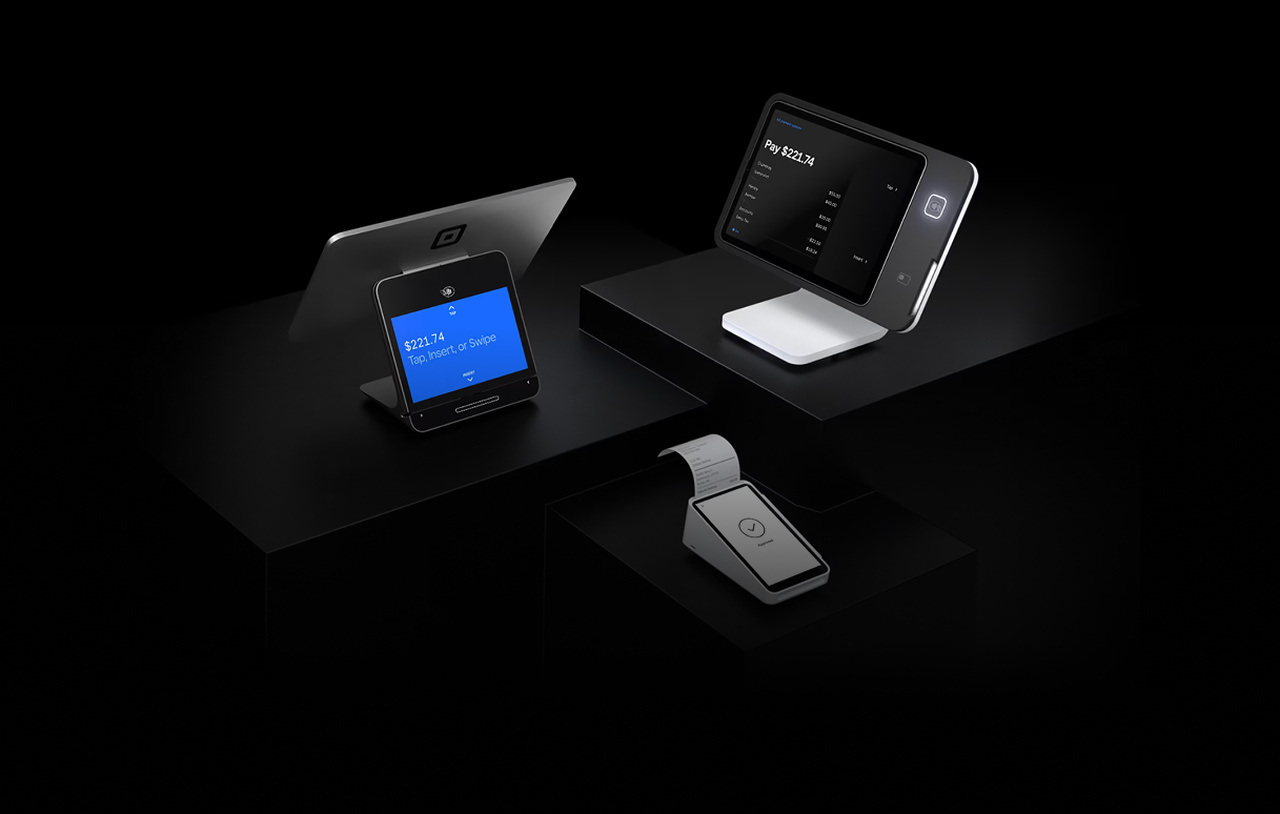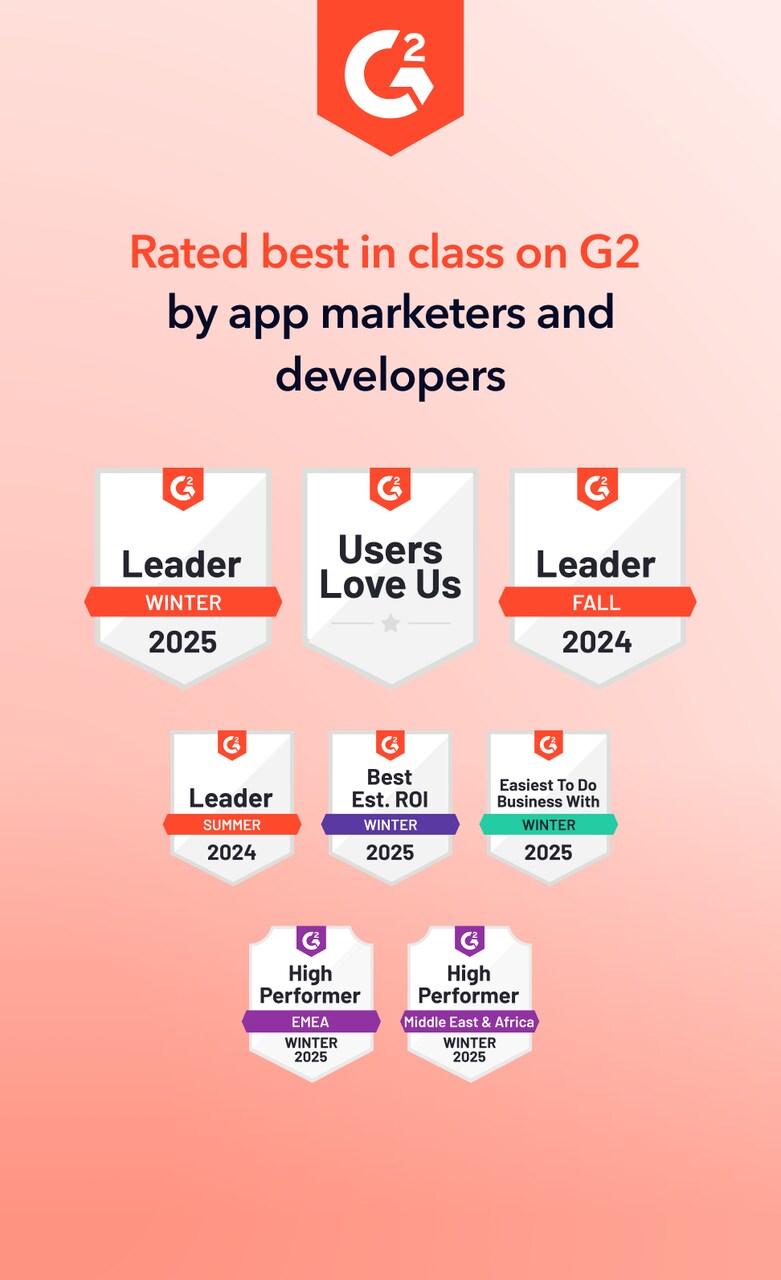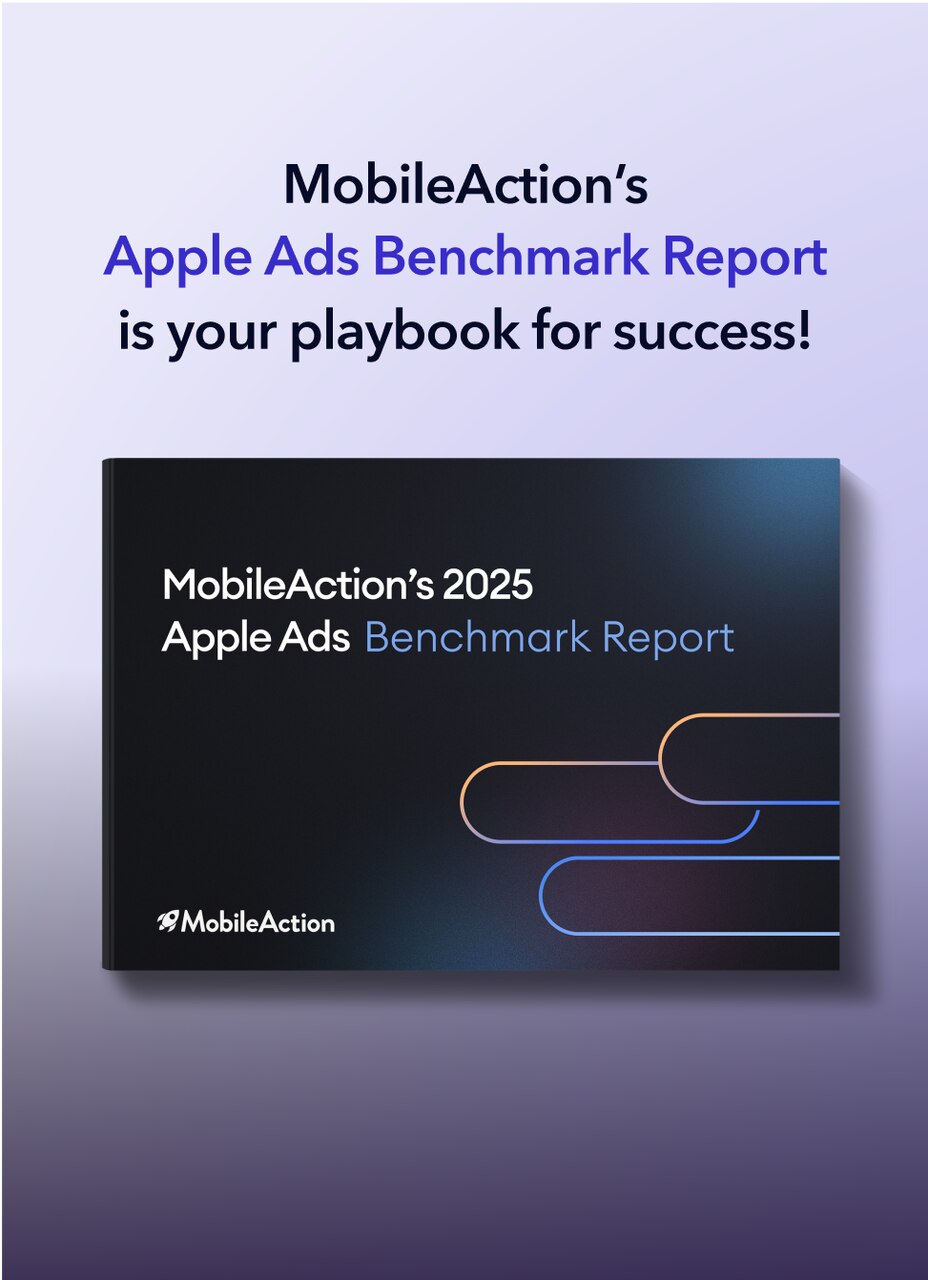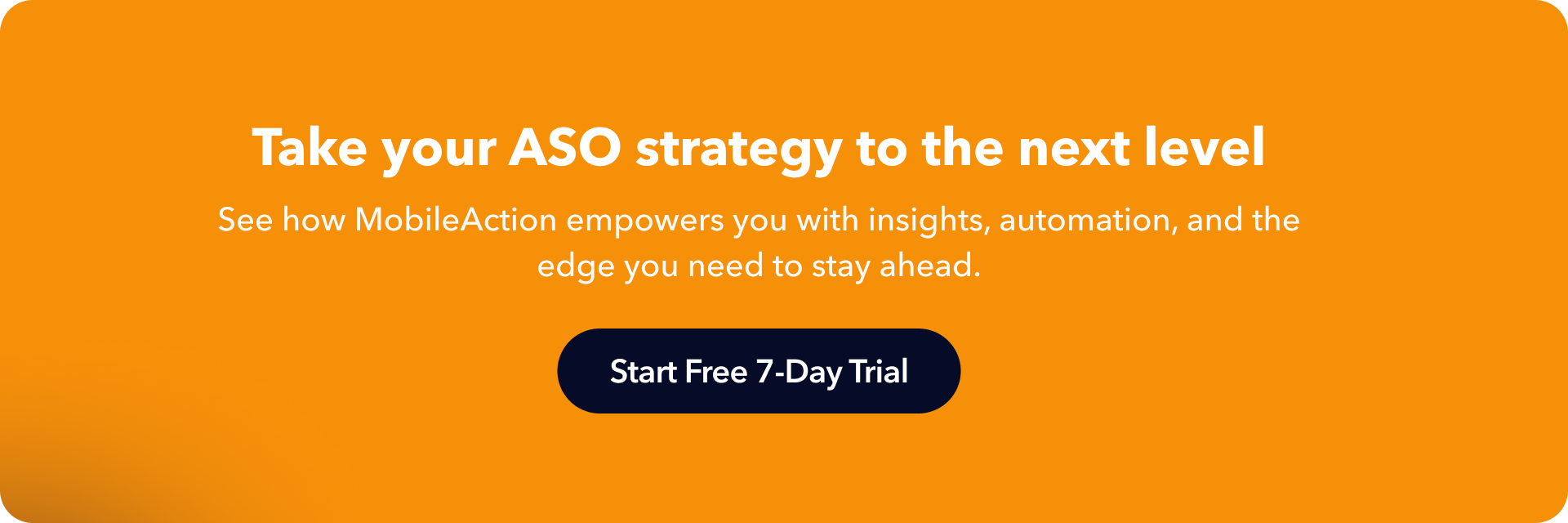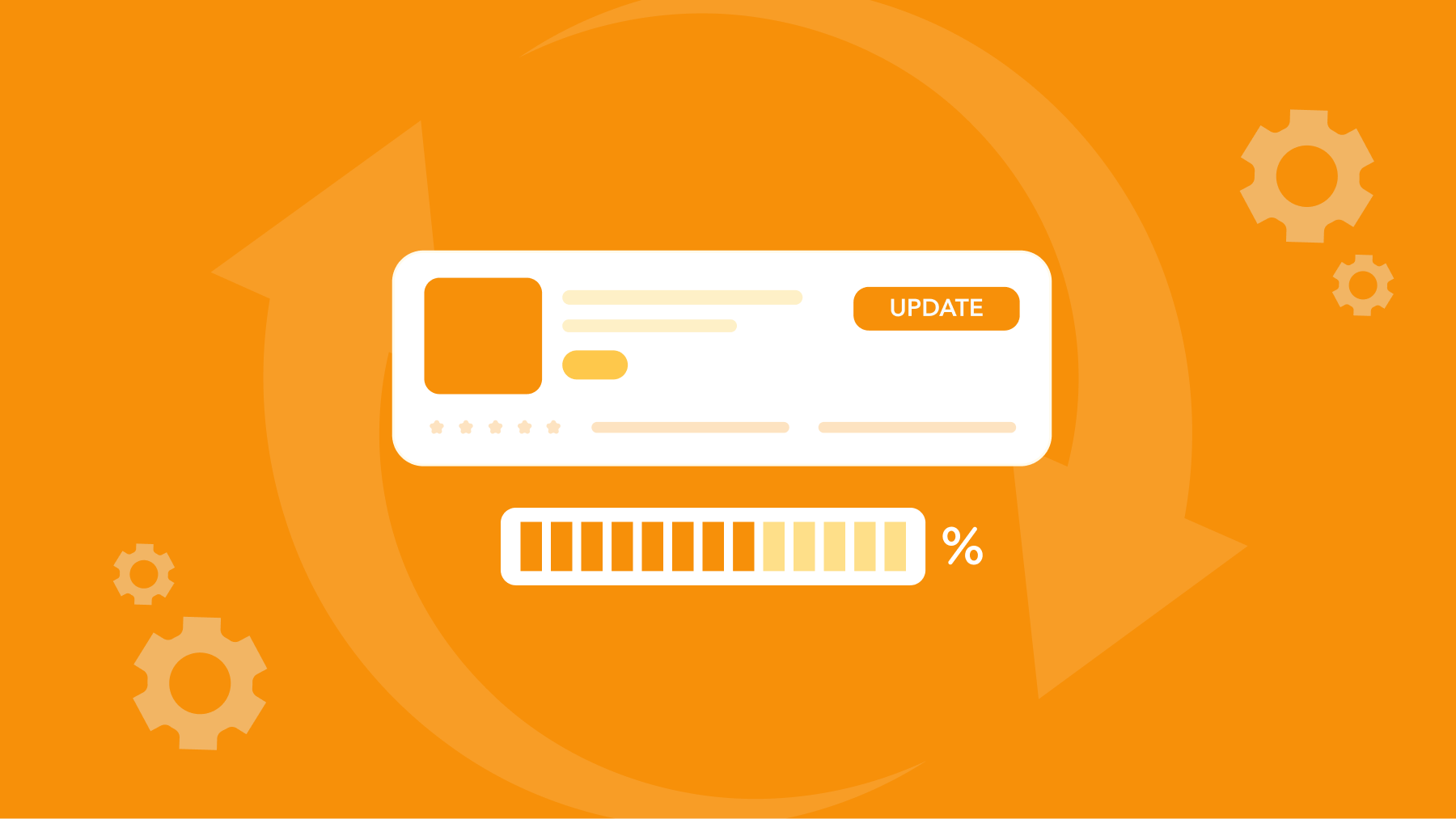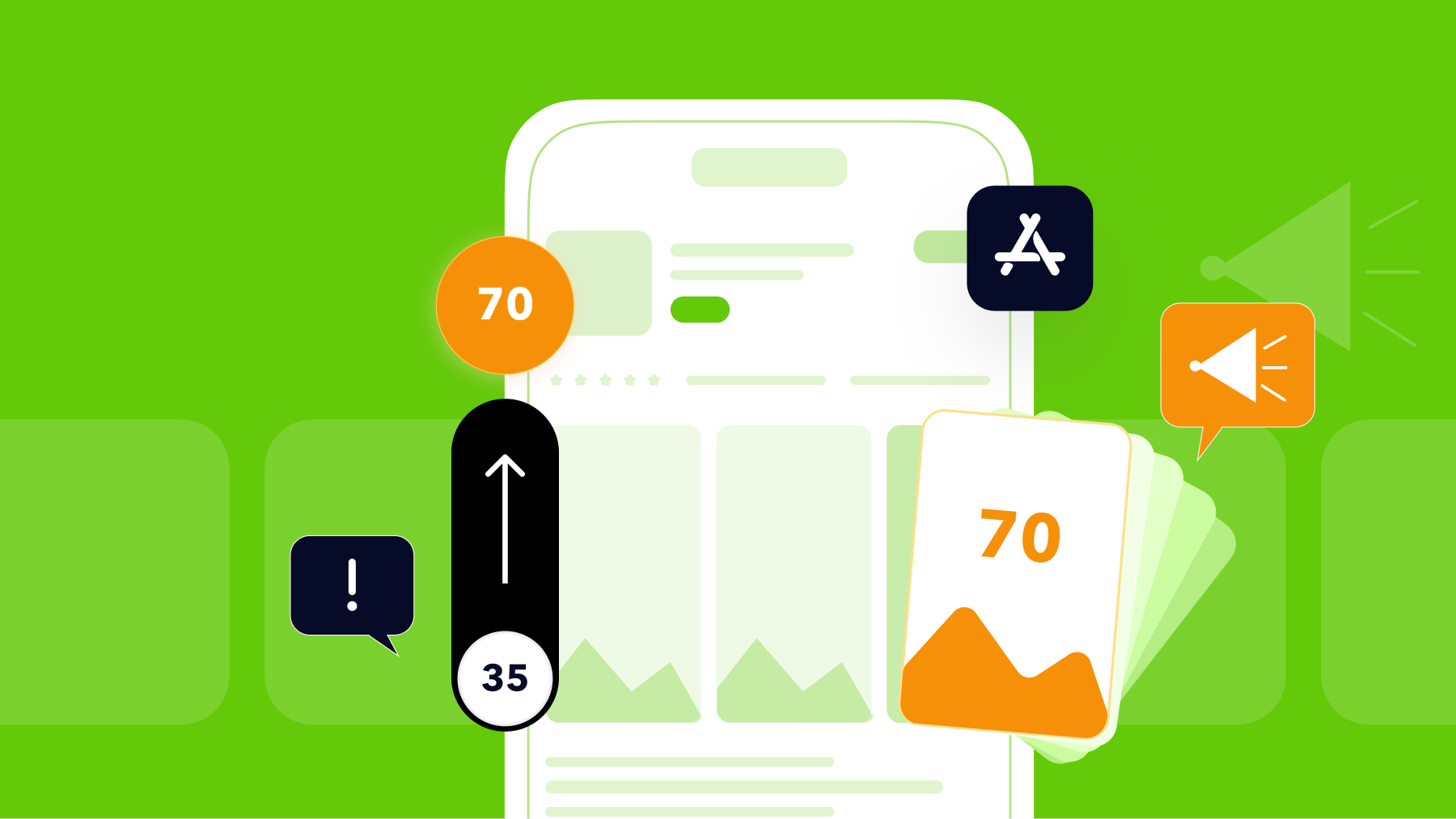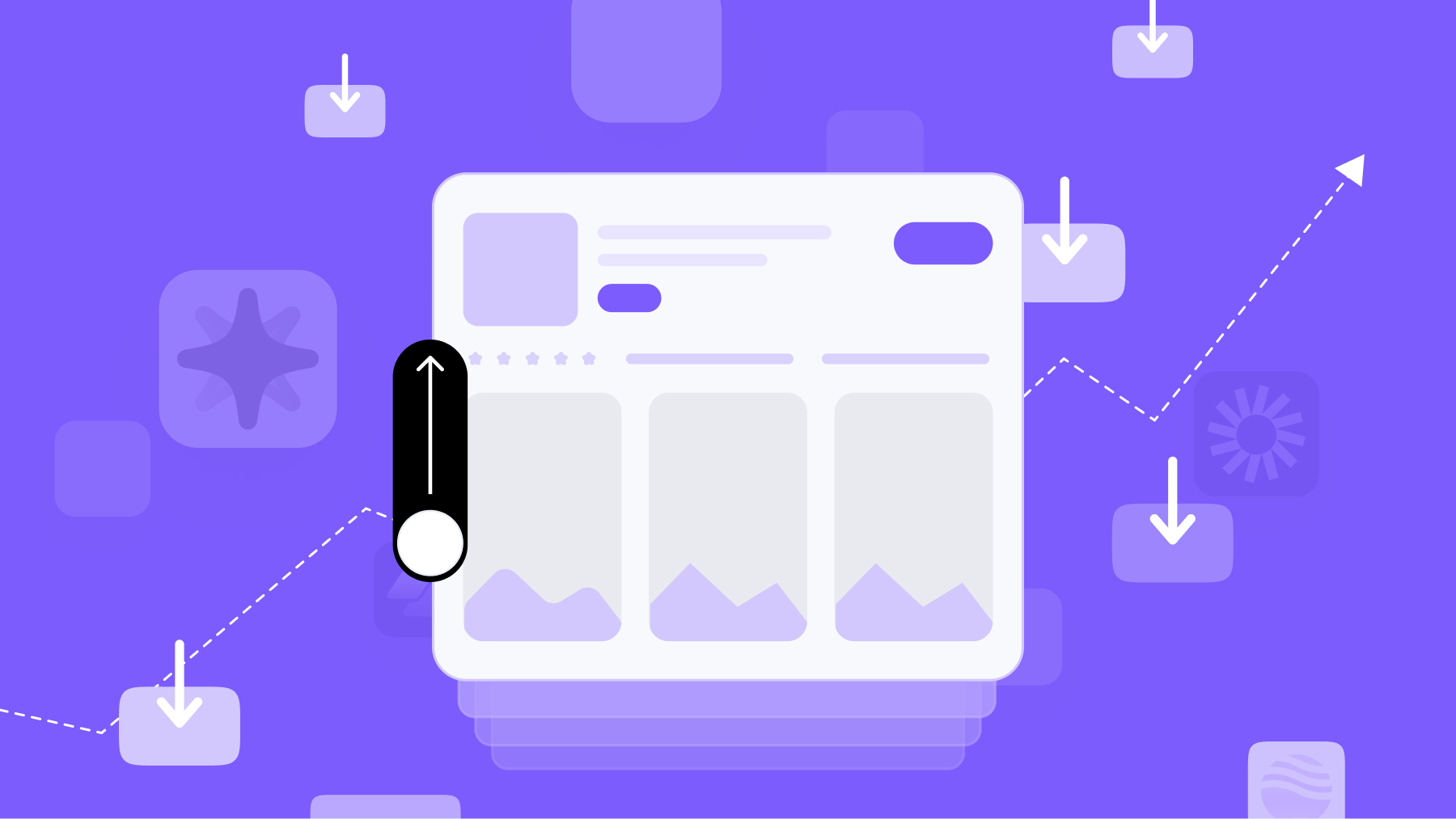Looking to boost your app's visibility and acquire more users? Our 2025 ASO Report is your ultimate guide to navigating the evolving app store landscape. Packed with data-driven insights, keyword trends, and top-ranking app strategies, this report will equip you with the knowledge to optimize your app's presence and achieve organic growth.
Launching an app globally without testing it first is risky; even a single bug, confusing user flow, or weak store page can waste your marketing budget.
To reduce that risk, many app teams begin with a soft launch.
In this post, we explain what a soft launch is, how it works for mobile apps, how to build an effective soft launch marketing strategy, and what its main benefits and challenges are.
Our goal is to help you build your soft launch strategy in a smarter way, so you don’t waste time, money, or opportunities when launching your app.
Key takeaways
- A soft launch marketing strategy helps you test product-market fit and conversion fit before going global.
- You release your app in low-risk markets to validate onboarding, monetization, and app store performance.
- This strategy minimizes risk, saves ad budget, and gives you real data from real users.
- Soft launching your app is not the same as running a beta or QA test; it’s a live environment.
- You should track the right metrics, such as conversion rate, D1–D7 retention, and crash rate, to make data-driven soft launch decisions.
What is soft launch?
A soft launch is a small-scale release of your mobile app in select countries or regions. Instead of going global on your first day, you limit exposure to test how your app performs under real-world conditions. The foundation of your soft launch marketing strategy is to learn, iterate, then scale.
This gives you a chance to validate:
- Product-market fit (PMF) in live environments
- App store visibility and conversion rates
- Mobile app onboarding and retention flow
- Pricing models and app monetization
By conducting tests in cheaper and less risky markets, you gather data that will help you iterate before making a large investment in a full-scale launch. Soft launching your app is particularly useful when you need to reduce the risk of your mobile app launch strategy.
Soft launch meaning
If you wonder what the soft launch meaning is in mobile marketing, the short answer would be to test your app with real users in a limited geography or demographic segment, usually before spending global marketing budget.
It is not a beta test or internal QA phase. During a soft launch, users interact with your app as if it were a final product.
During soft launch, you also watch your basic product signals: did users complete onboarding, did they continue sessions, and did they experience crashes? If performance is weak in a small market, you fix it before spending bigger budgets globally.
Soft launch vs. hard launch: What’s the difference?
The main difference between a soft launch and a hard launch is how big your release is and what you’re trying to achieve.
Like we said before, a soft launch means releasing your app quietly in a few countries or to a smaller group of users. The goal is to test and learn; you want to see how people use your app, where they get stuck, and whether your pricing and monetization work. During this phase, you use the data to make improvements before the big release. You usually spend a small, focused budget and update the app often based on what you learn.
A hard launch is your official, public release. This is when you promote your app globally, with bigger marketing campaigns, influencers, and press coverage. The goal is to grow and scale. By this point, your app should already be stable, your app store page tested, and your message clear. Hard launches require more budget, planning, and confidence because mistakes are harder to fix once you go live to everyone.
|
Aspect |
Soft launch |
Hard launch |
|
Audience |
Small – 1–3 test countries |
Global – all markets |
|
Goal |
Learn, optimize, improve |
Maximize installs and revenue |
|
Budget |
Low – test spend only |
High – full-scale campaigns |
|
Flexibility |
High – weekly changes |
Low – needs stability |
|
Risk |
Low – easy to adjust |
High – costly mistakes go public |
Soft launch is the safest way to validate your app’s performance without burning your full launch budget.
✴️ Pro tip: Using SearchAds.com by MobileAction, you can even run test Apple Ads campaigns to validate which keyword + creative combinations produce early profitability.
When to soft launch an app?
You should soft launch your app once it’s functional, stable, and ready to deliver core value, but before committing to a full-scale global release.
You’re ready to soft launch when:
- Core features are complete. The app’s main functionality is stable.
- You need real user insights. You’re unsure how people will use your app or what they value most.
- You want to refine monetization or UX. Test paywalls, pricing, or onboarding.
- You’re in a competitive category. Reduce risk and ad costs by testing UA channels first.
- You want early feedback. Build a small but valuable user base that helps validate product-market fit.
What you’ll get from a soft launch
A soft launch marketing strategy is only worth it if it gives you actionable insights, data that tells you what to fix, what to keep, and what to scale. Here’s what you can learn from it:
1. Product-market fit signals
You’ll learn whether users understand and value your app.
- Activation rate (install → first key action) tells you if onboarding is clear.
- Day 1 and Day 7 retention show early app engagement and stickiness.
If users drop off early, revisit your first-session experience.
2. Store listing performance
Measure how your app appears and converts on the stores.
- On App Store Connect, track product page conversion rate, downloads ÷ unique page views.
- On Google Play Console, track store listing conversion rate, installs ÷ store visitors.
Both show if your app icon, screenshots, and copy are convincing.
With MobileAction’s ASO Intelligence, you can benchmark these metrics against competitors in the same category.
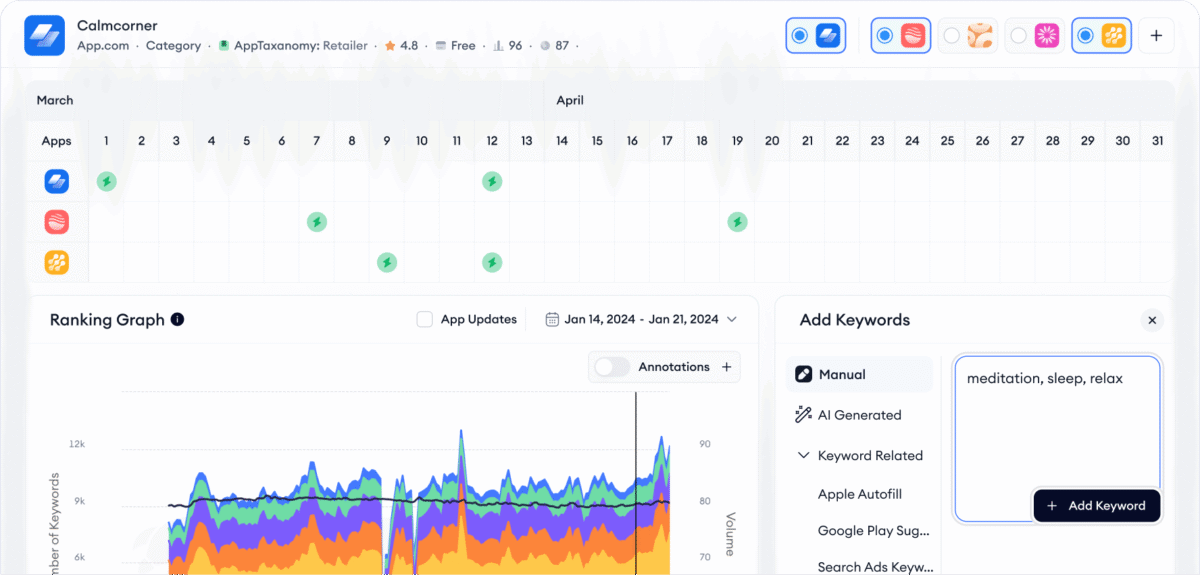
3. Monetization and technical health
Check if your app can sustain itself before global scaling:
- Average revenue per user (ARPU) or early subscription uptake.
- Crash-free sessions and App Not Responding (ANR) rate to confirm stability.
When these metrics are stable and predictable, your app is ready for the next step, the hard launch.
Pros and cons of a soft launch
Below are the key benefits and drawbacks you should know before committing time and budget to a soft launch strategy.
Benefits of a soft launch
1. Lower risk before full release
Instead of launching to a global audience without knowing if your product works as expected, a soft launch lets you test in safer, lower-stakes environments (e.g., Canada, Australia, the Netherlands). You can identify technical issues, UX friction, or weak marketing assets before exposing your app to the world.
2. Learn what works (and what doesn’t)
You don’t have to guess what users like. You can test:
- Onboarding flows: Are users dropping off in the first few screens?
- App store assets: Which icon, screenshot, or custom product page converts better?
- Pricing and paywalls: Which plans get clicks and conversions?
- Retention patterns: Are users coming back after Day 1, Day 3, or Day 7?
3. Better App Store & Google Play performance at launch
When you soft launch, you test your app store page before the big release. You can see which icon, screenshots, or app description helps boost app downloads. So when you launch globally, you already know what works.
4. Optimize marketing spend
A soft launch helps you avoid wasting money on ineffective ad creatives, wrong audience targeting, or premature influencer deals. You can test paid acquisition at a small scale and scale up only what proves profitable.
5. Real feedback from real users
During a soft launch, you can watch where users get stuck, what features they ignore, and what they enjoy most. Their app reviews, support tickets, and in-app behavior help you spot problems early, like confusing buttons, unclear instructions, or features that don’t deliver value.
6. Space for iteration
Because the audience is limited, you can test and improve every week. No need to freeze development or commit to one final version. Soft launch gives you breathing room to refine before hitting the big stage.
Drawbacks of a soft launch
1. Takes extra time to execute
A proper soft launch usually takes 4 to 8 weeks (sometimes more). You’ll need time to plan, test, analyze, and iterate. If you haven’t factored this into your timeline early, it may delay your global launch date.
2. Demands continuous tracking and resources
You’ll need someone monitoring key metrics weekly:
- App Store / Google Play Console metrics (install-to-activation, crash rate, retention)
- ASO A/B tests (Apple PPO, Google Play Experiments)
- Feedback channels (support tickets, app reviews, NPS)
Without proper follow-up, the soft launch becomes a missed opportunity.
3. Doesn’t fit all app types
Some app types just don’t benefit from a soft launch. Examples:
- Local-only apps
- Highly niche tools
- Seasonal apps or one-time-use apps
Conclusion: Soft launching your app
A soft launch marketing strategy helps you learn what actually works before spending your full budget. You release your app in a few selected countries, test key parts of the product and store listing, and improve based on real user behavior.
If you do it right, you won’t just see better install rates, you’ll know which creative performs best, what keeps users engaged, and whether your pricing makes sense. And this step-by-step learning process is what turns a soft launch into a real soft launch marketing strategy.
With MobileAction, you can find the right test markets, discover effective keywords, analyze top-performing visuals, and test multiple App Store pages, all in one place. You can even run Apple Ads campaigns to identify which keywords and creatives actually drive installs.
Soft launch smarter with MobileAction.
Frequently asked questions
What is a soft launch strategy?
A soft launch marketing strategy is the process of releasing your app in a few selected countries before going live globally. This gives you a chance to test how real users interact with your product, how well your app store page converts, whether onboarding is smooth, and if users are willing to pay for premium features. Instead of guessing what might work, you gather real data and improve your app before exposing it to larger, more expensive markets. A strong soft launch strategy includes planned tests, clear success metrics, and a timeline for iteration.
How do you promote a soft launch?
You don’t need a large ad budget to promote your soft launch. The goal is to bring in just enough users to learn from, not to scale. Most teams run small campaigns using Apple Ads or Google App Campaigns in their chosen test countries. On iOS, you can direct different audiences to custom product pages that highlight specific use cases or messages. On Android, custom store listings let you do the same. It’s also useful to run low-cost social ads on platforms like TikTok or Meta, especially if you want to test creative angles. If your app supports multiple regions, localizing your store listings in a few key languages, such as English, Spanish, and French or German, can improve early conversion. Once users activate and see value, use in-app prompts to collect reviews and ratings that build trust ahead of your global launch.
What are common soft launch mistakes?
Common soft launch mistakes include releasing the app too early before it’s technically ready, choosing test markets that don’t resemble your real target audience, and testing too many elements at once, which makes results unreliable. Many teams also overlook app store performance metrics and focus only on installs or CPI instead of deeper signals like retention or conversion. Others end their soft launch too soon, before data stabilizes, or fail to act on insights gathered from user behavior and feedback. A soft launch should be treated as an active learning phase, with structured testing, focused metrics, and enough time to turn data into clear product and marketing improvements before scaling globally.


